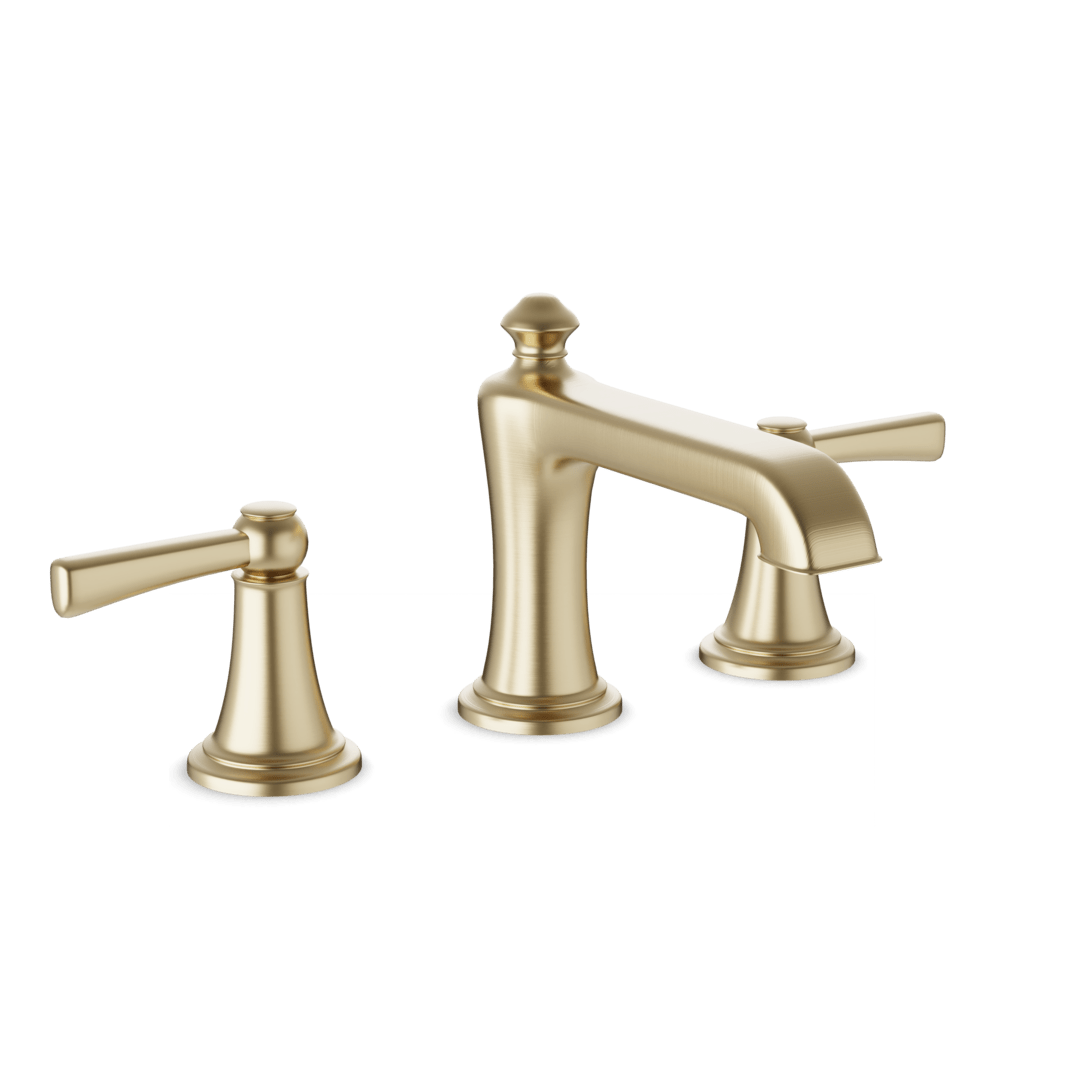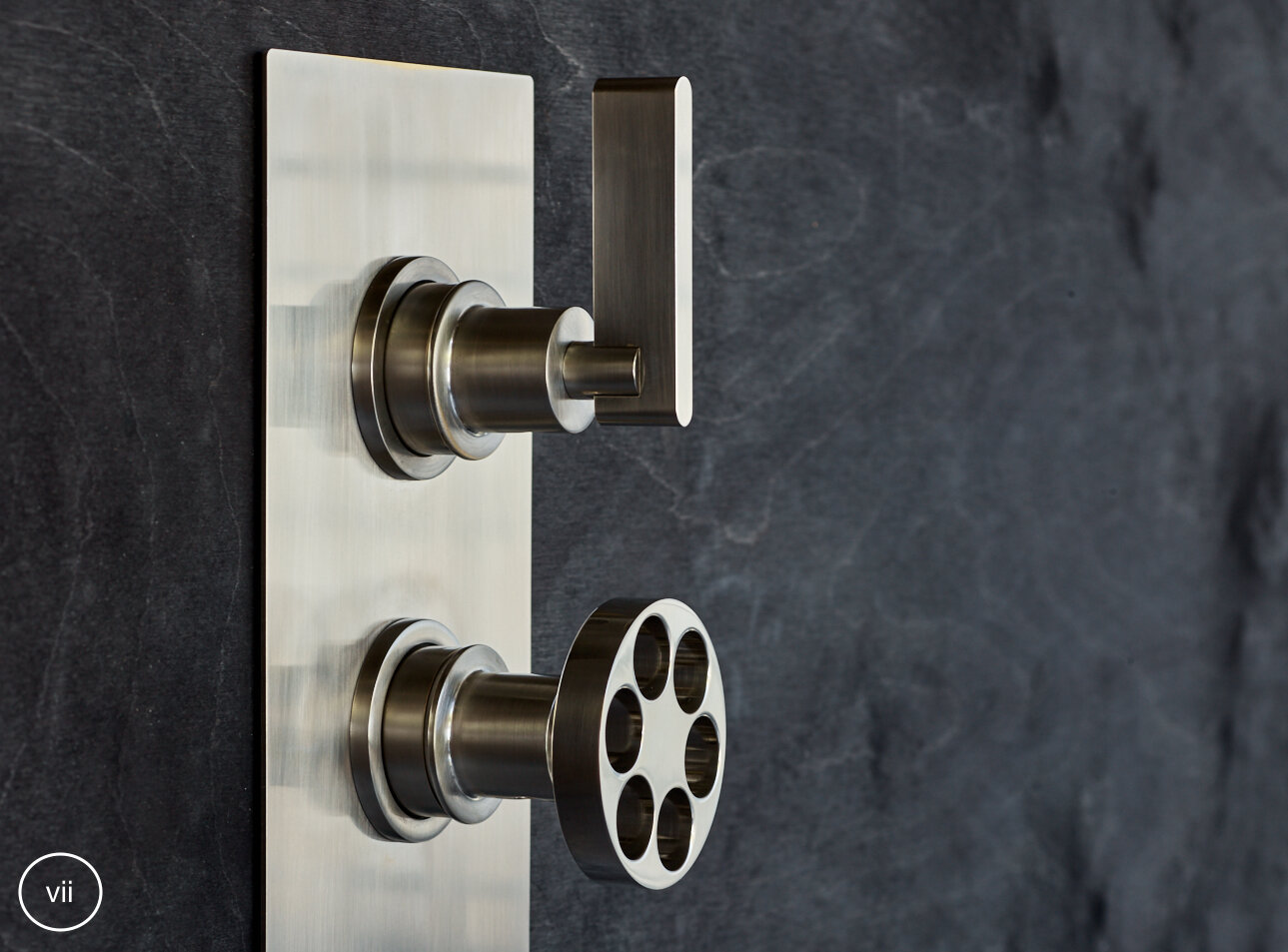Understanding Brass Finishes: Removing Brass Finish From Bathroom Fixtures

Brass finishes are an integral part of bathroom fixtures, adding both aesthetic appeal and durability. The variety of finishes available allows homeowners to choose options that complement their bathroom design and style. Understanding the different types of brass finishes, the chemical composition of brass, and the finishing process provides valuable insights into the properties and characteristics of these finishes.
Brass Composition and Properties
Brass is an alloy primarily composed of copper and zinc. The specific proportions of these elements determine the properties and characteristics of the brass, influencing its color, hardness, and machinability. The presence of other elements, such as tin, lead, and aluminum, can also influence the final properties of the brass.
Brass is a versatile alloy that can be easily molded, cast, and machined. Its resistance to corrosion and its ability to hold a variety of finishes make it an ideal material for bathroom fixtures.
Brass Finishing Process
The brass finishing process involves a series of steps designed to enhance the appearance, durability, and functionality of the brass. The process typically includes:
- Cleaning: The brass surface is thoroughly cleaned to remove any contaminants, oils, or residues that may interfere with subsequent finishing steps.
- Polishing: The brass surface is polished to achieve a smooth and even finish. This step can be performed using various techniques, including mechanical polishing, buffing, and tumbling.
- Plating: In some cases, a thin layer of another metal, such as nickel, chrome, or gold, is applied to the brass surface through an electroplating process. This plating enhances the durability, corrosion resistance, and aesthetic appeal of the finish.
- Patina: Patina is a protective layer that develops naturally on brass over time. This layer is typically greenish-blue in color and is often considered desirable as it adds a unique character to the brass. The patina can be accelerated through various techniques, such as chemical treatments or exposure to the elements.
- Lacquer: A clear lacquer coating is applied to the brass surface to protect the finish from scratches, wear, and tarnishing. The lacquer coating can also enhance the shine and luster of the finish.
Types of Brass Finishes
The different types of brass finishes are achieved through variations in the finishing process. The most common brass finishes found on bathroom fixtures include:
- Polished Brass: This finish is achieved through extensive polishing, resulting in a bright and reflective surface. Polished brass is often used for traditional and elegant bathroom designs.
- Satin Brass: Satin brass has a slightly matte finish, offering a less reflective surface compared to polished brass. It provides a subtle and sophisticated look, suitable for contemporary and modern bathroom styles.
- Brushed Brass: This finish is achieved by brushing the brass surface in a specific direction, creating a linear pattern. Brushed brass offers a warm and textured look, adding a unique character to the bathroom fixtures.
- Oil-Rubbed Bronze: This finish is achieved through a chemical process that creates a dark, aged appearance with a warm, rustic feel. Oil-rubbed bronze is often used to create a vintage or traditional aesthetic.
- Nickel: While not technically a brass finish, nickel plating is often applied to brass fixtures to enhance durability and corrosion resistance. Nickel plating provides a silvery-white finish that complements a variety of bathroom styles.
- Chrome: Similar to nickel, chrome plating is applied to brass fixtures for durability and corrosion resistance. Chrome plating provides a bright, reflective finish that is often associated with modern and contemporary bathroom designs.
Methods for Removing Brass Finish

Removing brass finish from bathroom fixtures can be accomplished through various methods, each with its own advantages and drawbacks. The choice of method depends on the specific finish, the desired outcome, and the level of experience and available tools.
Chemical Methods
Chemical methods utilize specialized solutions to dissolve or strip the brass finish. These methods are generally effective but require careful handling due to the potential for damage to the underlying metal or the surrounding surfaces.
- Chemical Strippers: These are commercially available solutions designed for removing various finishes, including brass. They typically contain strong chemicals like methylene chloride or sodium hydroxide, which react with the brass finish and dissolve it. Applying a chemical stripper involves cleaning the fixture thoroughly, applying the stripper according to the manufacturer’s instructions, allowing it to dwell for a specified time, and then removing the stripper and the dissolved finish with a scraper or brush. After stripping, the fixture should be thoroughly rinsed and dried.
- Acid Etching: Acid etching involves using a diluted acid solution, such as muriatic acid or nitric acid, to chemically etch the brass finish. The acid reacts with the brass, dissolving the top layer and creating a duller, less shiny finish. This method is often used to remove tarnished or oxidized brass finishes, leaving a more consistent and matte appearance. However, it’s crucial to use proper safety precautions when working with acids, including wearing protective gear and ensuring adequate ventilation.
Mechanical Methods
Mechanical methods rely on physical force to remove the brass finish. These methods are generally less aggressive than chemical methods but may require more effort and time.
- Sanding: Sanding involves using sandpaper or a sanding block to abrade the brass finish. Different grit sandpaper can be used to achieve varying degrees of finish removal. Coarse grit sandpaper is used for aggressive removal, while fine grit sandpaper is used for finer polishing. Sanding requires careful technique to avoid damaging the underlying metal.
- Wire Brushing: Wire brushing uses a wire brush to scrub away the brass finish. This method is effective for removing tarnish and oxidation, leaving a more consistent finish. Different wire brush types, including steel, brass, and nylon, are available, with the choice depending on the desired level of aggression and the finish type.
- Polishing: Polishing involves using a polishing wheel or cloth with abrasive compounds to remove the brass finish and create a smooth, shiny surface. This method is typically used for restoring brass fixtures to their original shine. Polishing requires specialized tools and techniques to avoid damaging the fixture.
Other Methods
In addition to chemical and mechanical methods, other methods can be employed for removing brass finish. These methods may be less common but can be effective in certain situations.
- Electrolysis: Electrolysis is a process that uses an electric current to remove metal coatings. In this method, the fixture is submerged in an electrolyte solution, and an electric current is passed through it. The current causes the brass finish to dissolve, leaving the underlying metal exposed. This method is typically used for removing thick layers of brass or other coatings.
- Heat Stripping: Heat stripping involves applying heat to the brass finish, causing it to soften and peel off. This method is often used for removing paint or other coatings but can also be used for brass finishes. However, it requires careful control of the heat to avoid damaging the fixture.
Practical Considerations and Safety Precautions

Removing brass finishes from bathroom fixtures can pose certain risks if not undertaken with proper care and safety measures. This section explores these potential hazards and Artikels essential safety practices to ensure a safe and successful project.
Chemical Handling and Disposal
Chemical-based methods for removing brass finishes require careful handling and disposal of the chemicals used.
- Always wear appropriate personal protective equipment (PPE), including gloves, eye protection, and a respirator, to prevent skin and respiratory irritation or exposure to harmful fumes.
- Work in a well-ventilated area to minimize exposure to fumes and ensure adequate air circulation.
- Store chemicals in their original containers, tightly sealed, and out of reach of children and pets.
- Never mix different chemicals unless explicitly instructed by the manufacturer, as this could create hazardous reactions.
- Dispose of chemical waste responsibly according to local regulations. Contact your local waste management agency for proper disposal procedures.
Damage to Fixtures, Removing brass finish from bathroom fixtures
Improper application of removal methods can damage the fixture, leading to scratches, pitting, or even weakening of the metal.
- Always test the removal method on a hidden area of the fixture before applying it to the entire surface. This allows you to assess the effectiveness and potential for damage.
- Avoid using abrasive cleaners or tools that could scratch the metal surface. Opt for gentler methods like chemical stripping or electrolysis, which are less likely to cause damage.
- Use a soft cloth or sponge to apply chemicals and avoid using abrasive materials like steel wool or wire brushes.
- If you encounter resistance or difficulty removing the finish, stop and reassess the method or consult a professional for assistance.
Safety Table for Removal Methods
The following table summarizes the most appropriate removal methods based on the type of brass finish and the desired outcome:
| Brass Finish | Removal Method | Potential Risks | Safety Precautions |
|---|---|---|---|
| Polished Brass | Chemical Stripping | Chemical exposure, damage to the finish | Wear PPE, work in a well-ventilated area, dispose of chemicals responsibly. |
| Lacquered Brass | Chemical Stripping | Chemical exposure, damage to the finish | Wear PPE, work in a well-ventilated area, dispose of chemicals responsibly. |
| Antique Brass | Electrolysis | Electrical shock, damage to the finish | Use a low voltage power source, ensure proper grounding, wear PPE. |
| Brushed Brass | Sanding | Damage to the finish, dust inhalation | Use fine-grit sandpaper, wear a dust mask, clean up dust thoroughly. |
Removing brass finish from bathroom fixtures can be a challenging but rewarding task, requiring careful consideration of the materials and techniques involved. While this process focuses on the aesthetics of the bathroom, it’s important to remember that maintaining privacy is paramount.
Peeking under bathroom doors, as explored in this insightful article peeking under bathroom door , raises ethical concerns and can have significant consequences. Returning to the task at hand, once the brass finish is removed, the bathroom fixtures can be refinished or painted to create a fresh and updated look.
Removing brass finishes from bathroom fixtures can be a daunting task, requiring careful consideration of the material and desired outcome. However, before embarking on such a project, it is essential to ensure access to the fixtures. If the bathroom door is locked, consult a resource like how to open locked bathroom door with handle for guidance on gaining entry.
Once access is secured, the process of removing the brass finish can proceed smoothly, allowing for a fresh and updated bathroom aesthetic.